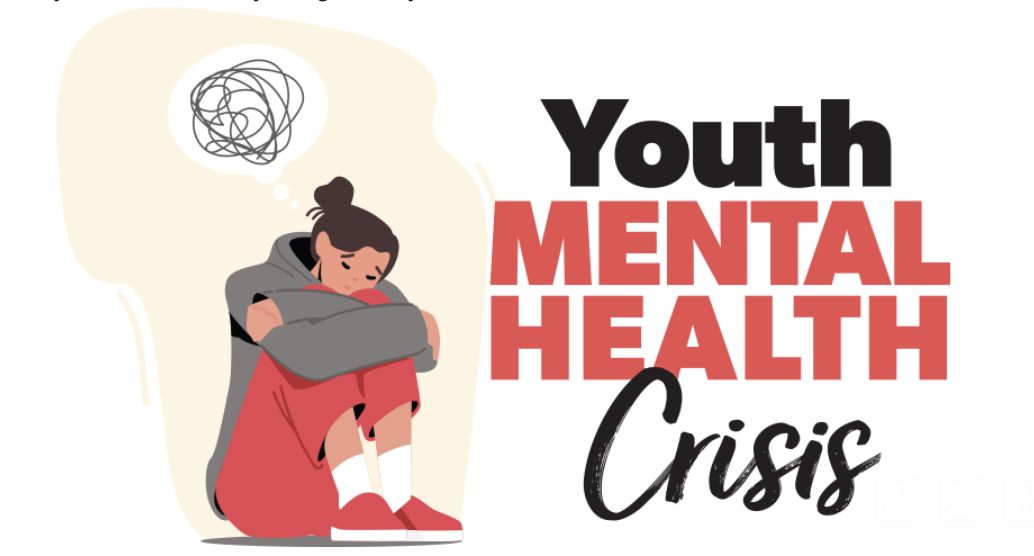Depending on who you talk to, online schooling is the best thing that the digital world gave us, or the bane of the technological post-Covid world. The rise of online schooling has been rapid and vast. It has certainly been compounded by the pandemic: lockdown led to many families opting to attend online schools as brick-and-mortar schools struggled to adapt to the new virtual learning environment. Enrollment in full-time virtual schools nearly doubled from the 2019–2020 to the 2020–2021 school year.
In England, the number of home-schooled children increased by 21% in the past year, reaching 111,700 in autumn 2024 (The Times. (2024, October 3). Surge in home-scho www oling as parents seek alternatives to classroom education. (https://www.thetimes.co.uk).
In Australia, the number of homeschooled students reached a record high of over 45,000 in 2024, driven by factors such as bullying and dissatisfaction with the traditional school system (News.com.au. (2024, January 15). Homeschooling reaches record high in Australia as families turn away from traditional schools. (https://www.news.com.au).
Despite this boom in online schooling, stay-at-home education is often vilified. Students who do not attend a brick-and-mortar school are said to be antisocial, as making friends is both potentially more difficult and different than socialising in the physical world. Students are also said to have lower engagement in the virtual classroom and receive lower standards of education.
To be sure, online schooling has its drawbacks. For example, using technology for all classes leads to higher screen time, which can impact the mental and physical health of students. Virtual classrooms also have their limitations – activities such as experiments cannot be done without the physicality of a brick-and-mortar space. It is also harder to socialise and make friends at times.
Despite these limitations, there are numerous benefits. Flexibility in schedule, to name one, allowing students to continue with other pursuits outside of school, such as a sport or playing a musical instrument. This, in turn, benefits students’ mental health by giving them more free time and an outlet outside of school, providing balance. Additionally, this broadens their skillset, while also allowing students who want to pursue career paths out of the academic world to still have a good education.
Online schooling also allows students with special educational needs or mental health challenges to have a more enjoyable and effective education, as traditional schools often lack the resources and systems in place to help special needs students. For example, assistive technologies present in online schools, such as screen readers, speech-to-text applications, adjustable text sizes, interactive whiteboards, and small break-out room groups, increase the accessibility of the learning environment. Additionally, remote invigilation lowers stress for students who experience anxiety in exam environments, as the exams can be taken in their homes. A tailored learning pace and a familiar environment at home help make online schooling even more comfortable for students with special needs. In fact, research shows virtual schooling leads to students with learning disabilities having increased attendance and engagement in class. Equally, gifted students might also prefer online schooling because of its flexibility as well as the opportunity to move forward at their own pace.
Students in rural or remote areas are also able to receive a good education, no matter where they are. This helps uphold and reinforce the principle of fairness – access to education not limited by where the students live – and social mobility.
Last but not least, studies that were carried out during or just after the pandemic showing children had heightened levels of anxiety, stress or depression may have just been victim to coincidental correlation. What the researchers failed to see was that everyone’s mental health deteriorated during the global pandemic, not due to an increase in online schooling but the lack of normality and complete isolation that followed the lockdown hand-in-hand. If anything, online schooling helped children improve their mental health during the pandemic, allowing them to socialise and retain a sense of normalcy in a crisis situation.
I, for one, am partial to online schooling, having enjoyed my time at CGA greatly. It is perhaps not surprising, however, that CGA has attracted so many both part-time and full-time students such as ourselves, which is a testimony to the value of online education.If online learning dismantles geographical barriers, cultivates global collaboration, and evolves with technological advancements, how can we not view it as the cornerstone of future-ready education?
Sources:
- https://www.consumeraffairs.com/education/online-high-school-statistics.html?utm_source=chatgpt.com
- https://www.news.com.au/lifestyle/parenting/school-life/australian-students-being-homeschooled-reaches-45000-mark-for-first-time/news-story/aee8836bfc562faf3bc349cc6e33d2bd?utm_source=chatgpt.com
- https://www.thetimes.com/uk/education/article/home-schooling-soars-by-a-fifth-in-england-over-the-past-year-x6jmjr825?utm_source=chatgpt.com®ion=global
- https://ignitelearningacademy.com/blog/pros-and-cons-of-online-high-school?utm_source=chatgpt.com
- https://www.jmhs.com/blog/pros-and-cons-of-online-high-school/?utm_source=chatgpt.com
- https://www.gse.harvard.edu/ideas/edcast/22/02/negative-effects-remote-learning-childrens-wellbeing
- https://www.researchgate.net/publication/377933739_Impacts_Of_Online_Education_Learning
- https://insightwa.k12.com/blog/community-social/unlocking-potential-the-benefits-of-virtual-schools-for-kids-with-learning-disabilities/?utm_source=chatgpt.com










